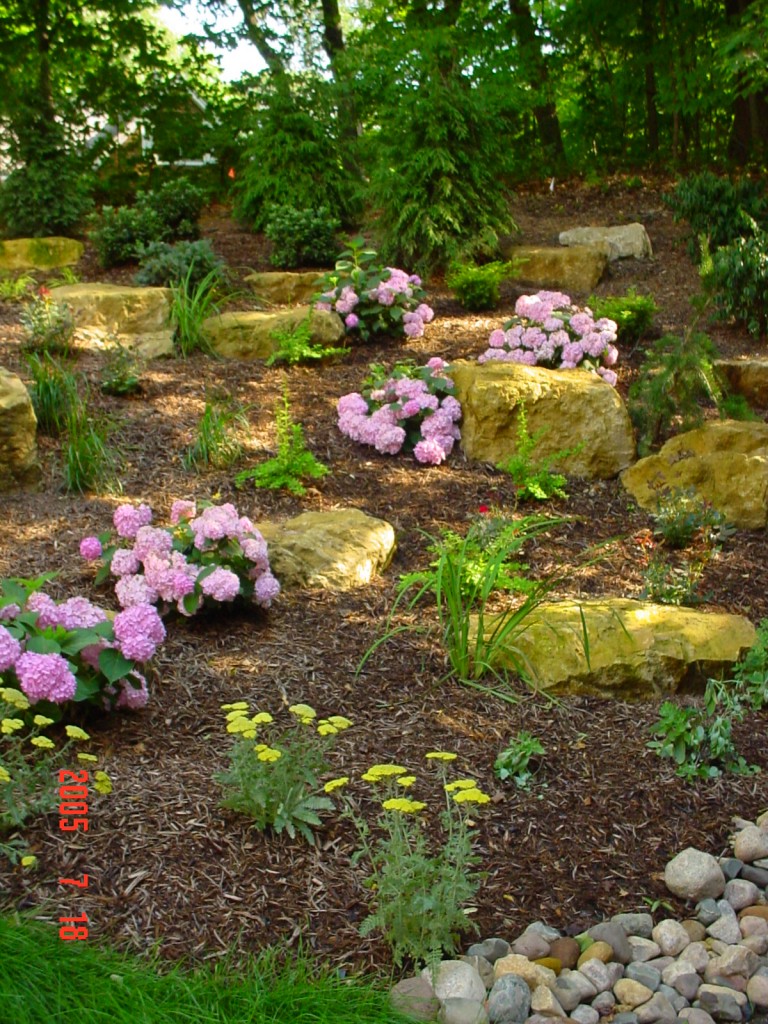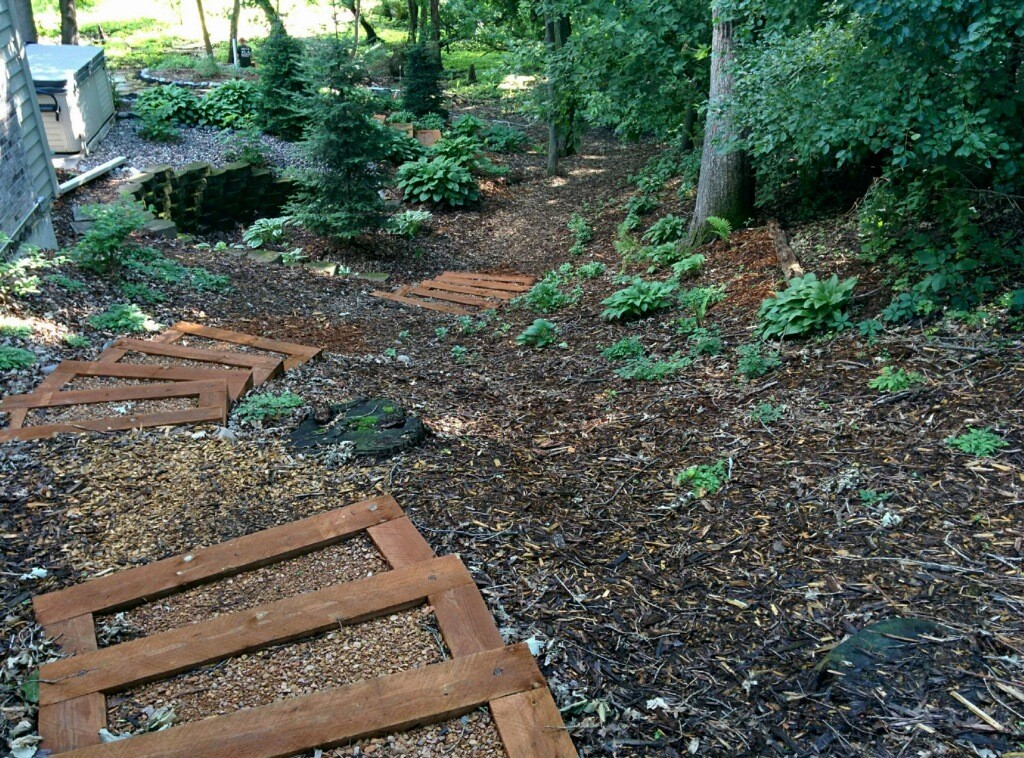It’s hard to admit, but with the cooler weather knocking on your door, long days in the yard are behind us for the year. November isn’t typically a month that people associate with gardening. Usually, we’re too busy thinking about turkey and when the snow is going to start falling to worry too much about our yard and garden. But if you’re not quite ready to give up spending time outside for the year, there are a few more chores that you can do outside to make your growing season next year a success.

Weekly Tips
- It’s tempting to put away the lawn mower for the year, but lawns should be mowed until the grass stops growing. Meadow voles and field mice can damage turf and trees and shrubs if there is long grass that provides food and cover.
- Give your evergreen trees and shrubs a last, deep watering, especially those that were planted this year. This will help the trees or shrubs hydrate before winter, preventing winter “burn”.
- Once everything is watered, drain hoses and sprinklers and turn off any exterior hose faucets before they freeze.
- Remove frozen or dead perennials from containers and hanging baskets and replace them with evergreen boughs, branches with berries and interesting seed heads for a festive twist
- Use clean straw, pine needles or oak leaves to mulch tender perennials, newly planted bulbs and strawberries. Plants should be mulched before the temperatures drop to the teens but after the soil has frozen.

Garden maintenance tips
- If you haven’t taken care of your leaves by November, now is the time to rake and compost any leaves that haven’t already been gathered up. Smaller leaves from ash, honey locust and birch trees can be chopped with a mower or mulcher when dry and then left on the lawn.
- Take care of your gas-powered equipment by changing the oil, sharpening blades, cleaning air filters and replacing spark plugs. You’ll thank yourself in the spring when everything is ready to go.
- Clean bird feeders and stock up on seed and suet. Birds add color and activity to your yard in the cold winter months and birds will often stick around in the spring to build nests and raise their young.
November planting
- Amaryllis bulbs are a nice addition to homes in the winter that can be outdoor plants in the summer. The bulbs are often sold already planted, and all you need to do is add water. With their long lifespans, they bloom well in the winter and can be foliage plants outdoors during the summer.
- If you know you’ll be craving some color in February, now is the time to force tulip bulbs. Plant them in shallow pots, barely covered with their “noses” poking out. Water well, then cover in plastic and move them to a cool area that doesn’t drop below 35 degrees F. After about 12 weeks they can be moved to a cool indoor location and should flower within two to three weeks.
 Contact 612-483-GOAT
Contact 612-483-GOAT